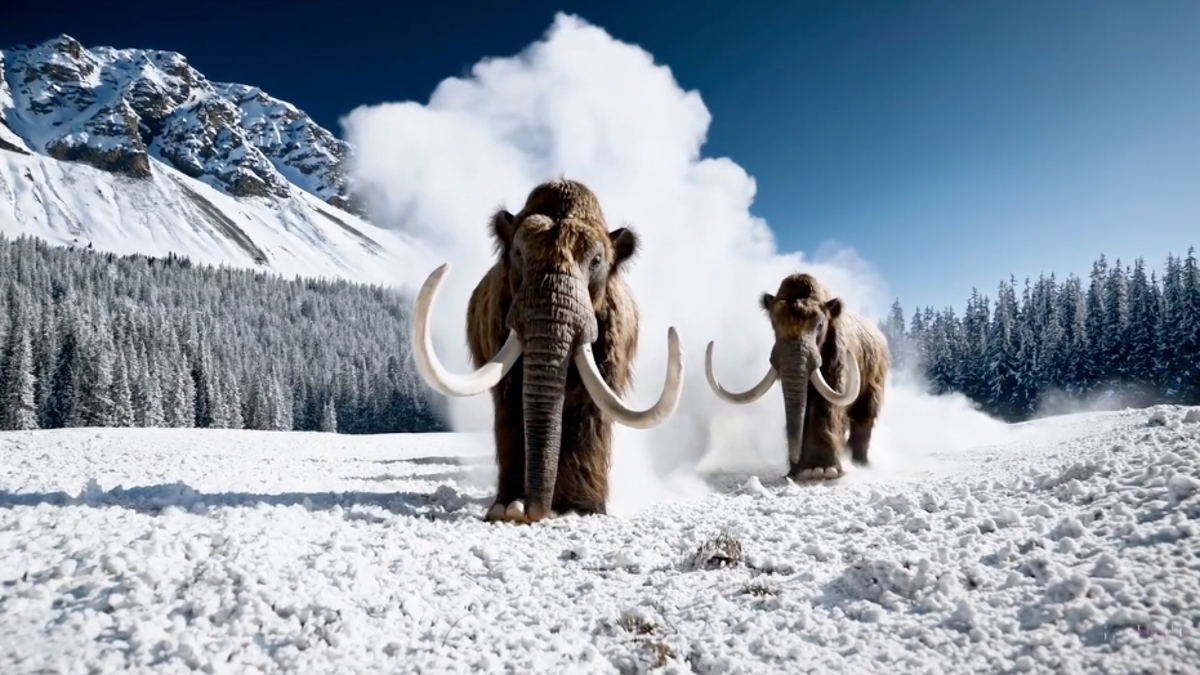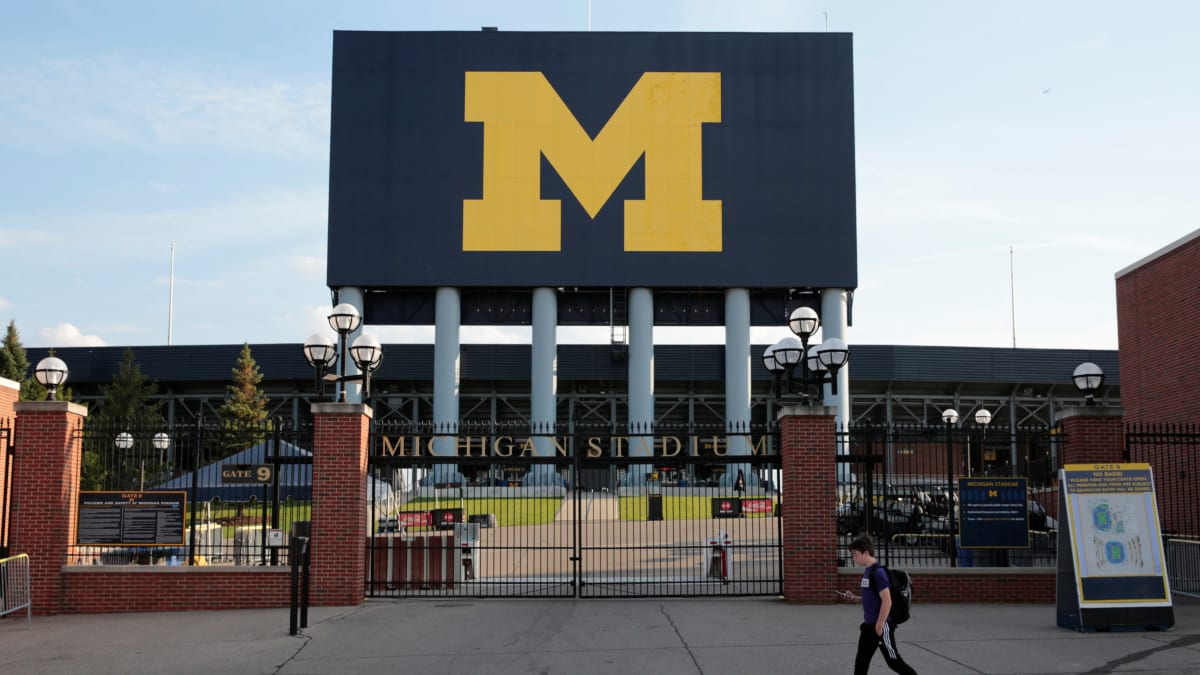OpenAI introduced Sora, its state-of-the-art text-to-video generator, on Thursday, unveiling remarkably lifelike videos that showcase the capabilities of this AI model. Currently, Sora is accessible to a limited group of researchers and creatives for testing before a broader release, potentially posing challenges for the film industry and raising concerns about deepfake manipulation.
Sora is lauded for its proficiency in creating detailed scenes with multiple characters, specific movements, and precise environmental elements. It excels in interpreting user instructions and translating them into realistic visual depictions. OpenAI emphasizes Sora’s unique approach, highlighting it as a “data-driven physics engine” rather than a conventional creative tool, a distinction noted by Senior Nvidia Researcher Dr. Jim Fan. Unlike traditional image generators, Sora not only produces images but also simulates object physics within its virtual environments to generate coherent videos.
Users can easily generate videos with Sora by inputting simple text prompts, similar to the process for generating AI images. The output options include photorealistic or animated styles, both capable of delivering impressive results within minutes.
Functioning as a diffusion model, Sora enhances videos by initially presenting them in a blurry, static state and gradually refining them into the high-quality visuals seen in the final output. Noteworthy is Sora’s ability to produce longer, more dynamic sequences that seamlessly merge, surpassing its competitors and setting a new standard in AI-generated video content.
Despite its significant advancements, OpenAI acknowledges that Sora is not flawless. Challenges such as limited comprehension of cause and effect, spatial awareness deficiencies, and potential safety risks related to the misuse of AI for creating deceptive content require further attention. OpenAI assures that measures will be in place to detect and prevent the generation of harmful content, although the effectiveness of these safeguards remains uncertain given past exploits of similar AI models.
The implications of Sora on the film industry and its broader capabilities, especially in the context of concerns about deepfake technologies, are substantial. The potential disruptive impact of Sora on video creation processes raises concerns about job security for traditional video creators, underscoring the transformative yet cautious nature of this AI innovation.
As OpenAI works on addressing remaining challenges and refining Sora for public release, the anticipation and concerns regarding the implications of this powerful AI video generator continue to mount. The potential repercussions of leveraging such advanced technology, exemplified by scenarios involving Taylor Swift and Joe Biden deepfakes, underscore the intricate ethical and practical considerations accompanying the advancement of AI-driven video generation technologies.
This article was originally published on Gizmodo.










